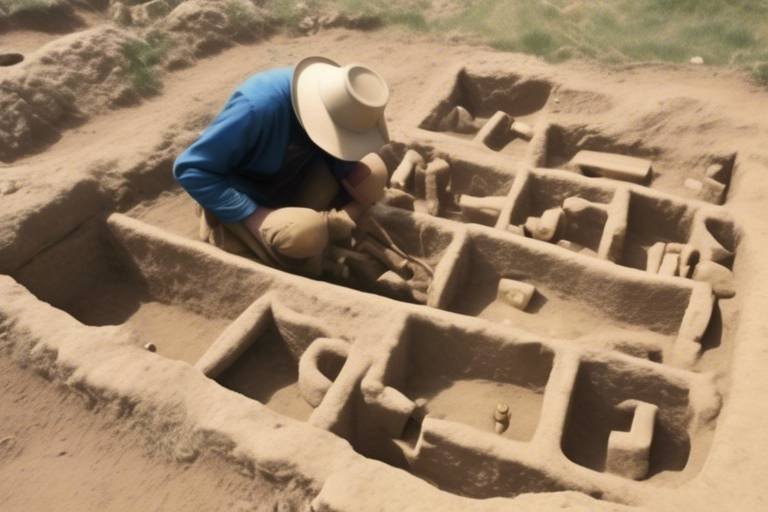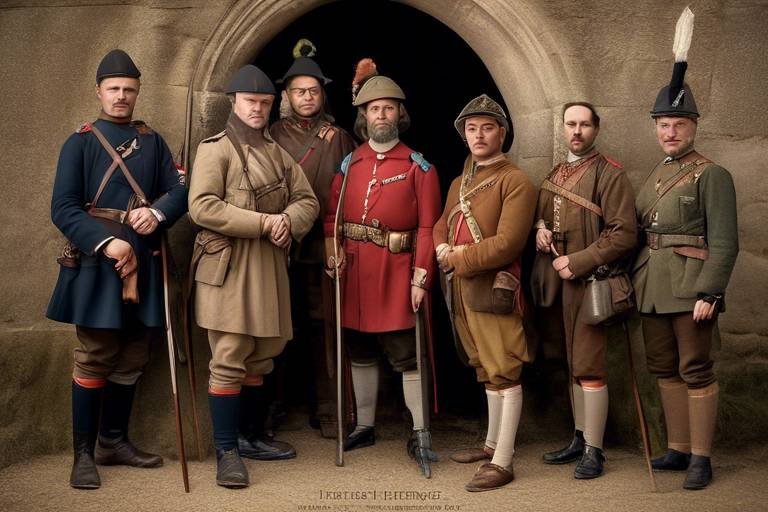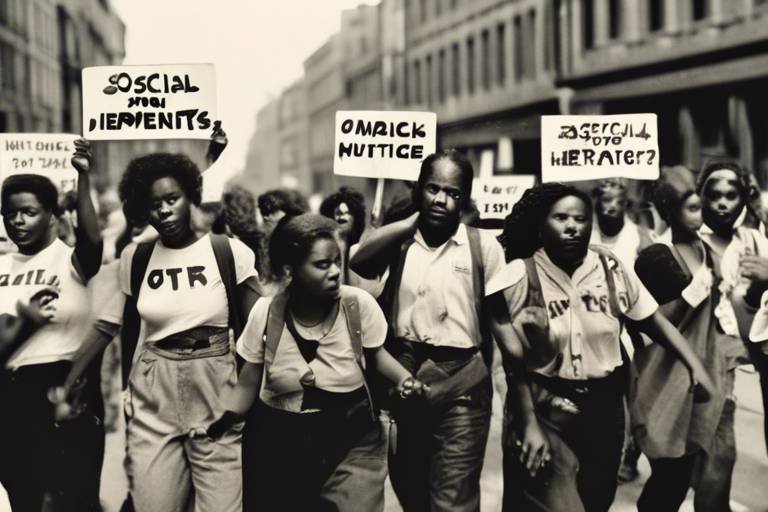The Influence of Ancient Roman Culture on Modern Governance
When we delve into the annals of history, one civilization stands out for its profound influence on modern governance - the ancient Romans. The legacy of Roman culture echoes through the corridors of power in contemporary societies, shaping the very foundations of how nations are governed today. From legal systems to military strategies, from social hierarchies to infrastructure development, the impact of ancient Rome reverberates across centuries, leaving an indelible mark on the modern world.
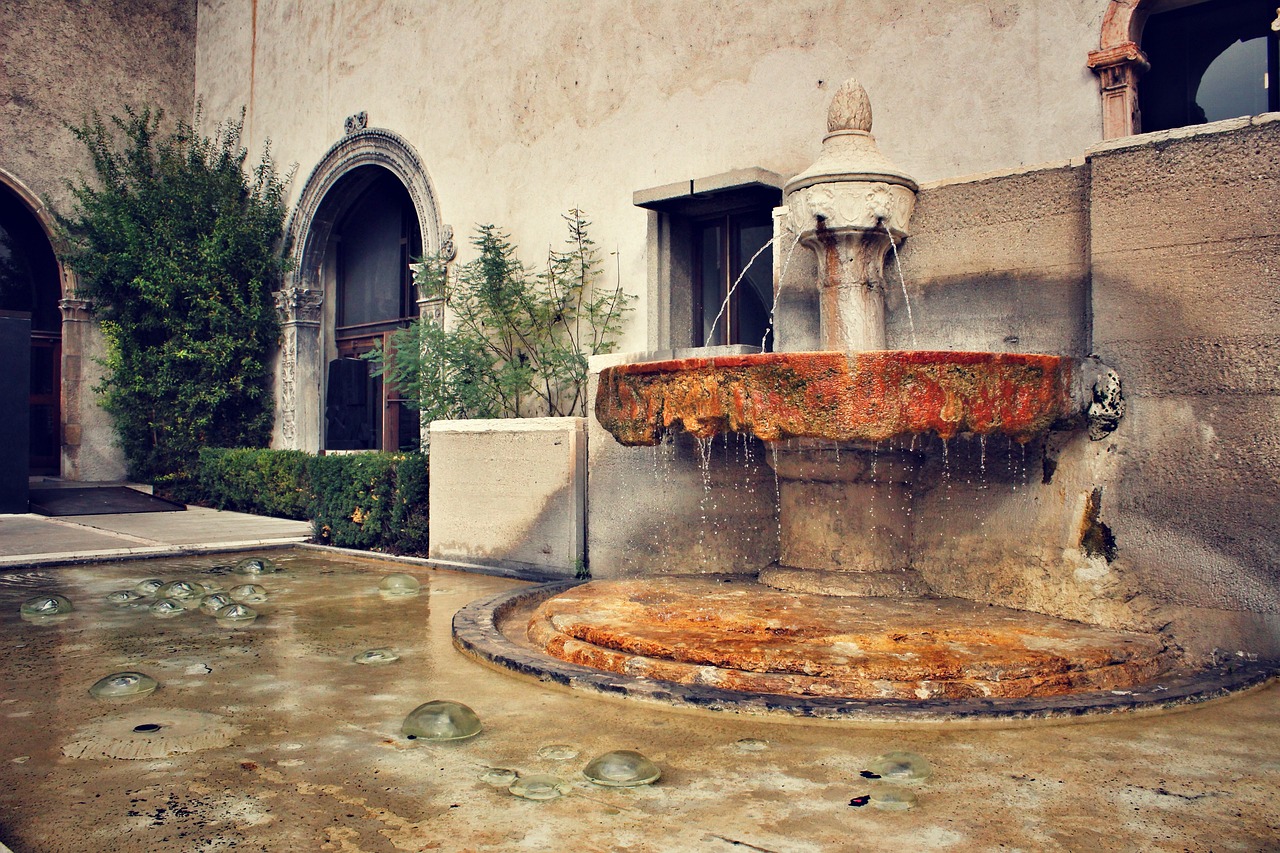
Legal System and Rule of Law
The legal system of ancient Rome laid the foundation for many principles that underpin modern governance structures worldwide. With a strong emphasis on justice, equality, and the rule of law, Roman legal practices have left a lasting impact on contemporary legal frameworks and institutions. The concept of innocent until proven guilty and the right to a fair trial were central tenets of Roman law, influencing the development of legal systems in various countries.
Moreover, the establishment of codified laws and the notion of legal precedent in ancient Rome provided a basis for the legal systems that exist today. The Roman legal system aimed to ensure that laws were applied consistently and fairly, setting a standard for the administration of justice that continues to shape modern legal practices.
Additionally, the Roman legal system contributed to the concept of individual rights and protections, safeguarding citizens from arbitrary actions by the state. This emphasis on the rights of individuals and the importance of legal procedures has influenced the development of human rights laws and constitutional protections in contemporary societies.
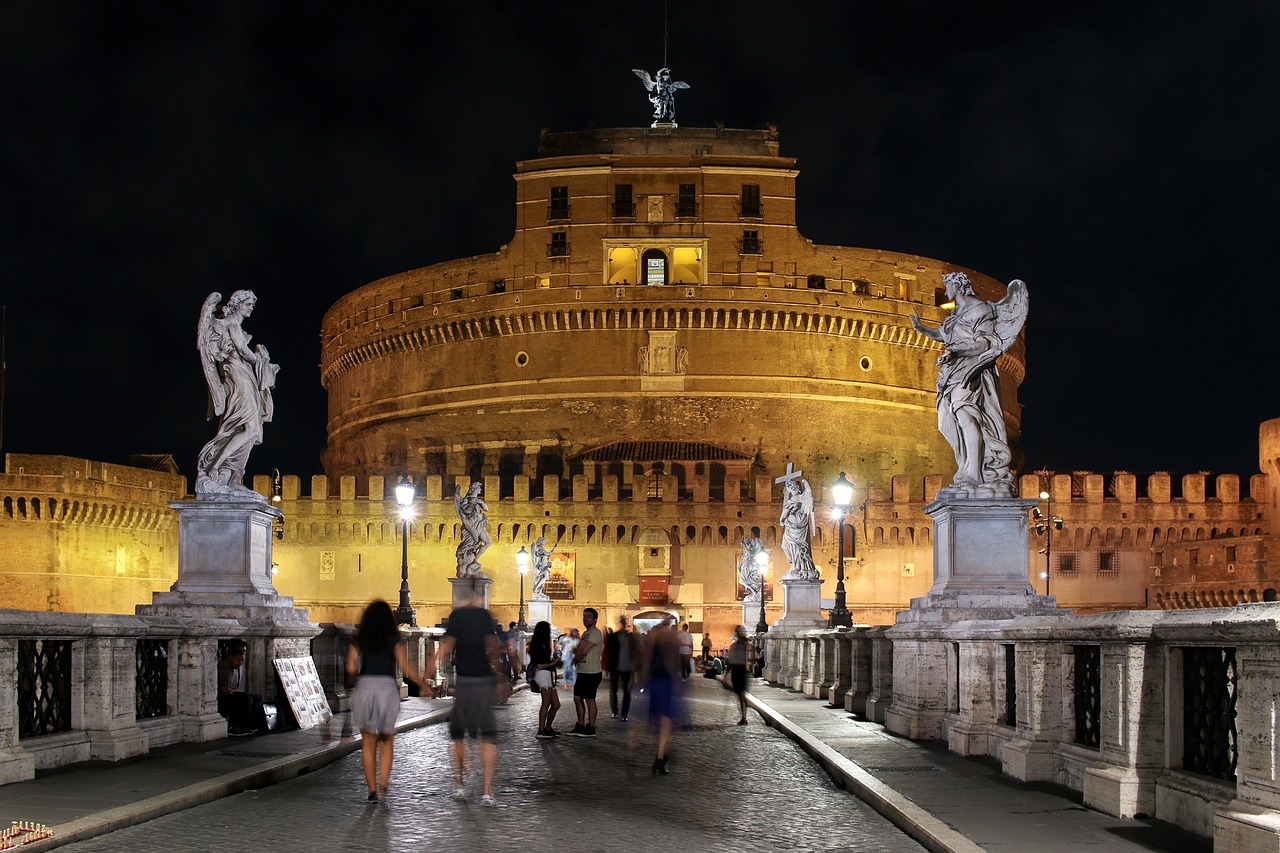
Political Institutions and Administration
Exploring how the principles, practices, and structures of ancient Roman culture have shaped and continue to impact modern systems of governance around the world today.
Political institutions and administration in ancient Rome played a crucial role in shaping the governance systems we see today. The Roman Republic, with its Senate, consuls, and assemblies, laid the foundation for representative government structures that are still prevalent in many modern democracies. The concept of checks and balances, where different branches of government have distinct powers and can limit each other's authority, can be traced back to the Roman model. Just like in ancient Rome, modern governments have executive, legislative, and judicial branches that work together to ensure a balance of power and accountability.
Furthermore, the administrative practices of ancient Rome, such as the division of territories into provinces governed by appointed officials, have parallels in contemporary federal systems. The idea of local governance with a degree of autonomy, overseen by a central authority, can be seen in federal states like the United States and Germany. The Roman emphasis on efficient administration, infrastructure development, and public services also influenced the establishment of bureaucratic structures and civil service standards in modern governments.
Moreover, the Roman concept of citizenship, with its rights and responsibilities, shaped the idea of civic participation and engagement in governance. Just as Roman citizens had the duty to contribute to the well-being of the state through military service, taxation, and participation in public life, modern citizens are encouraged to exercise their rights to vote, engage in civil discourse, and hold their leaders accountable. The notion of civic duty as a cornerstone of a functioning society can be seen as a legacy of ancient Roman political culture.
In conclusion, the political institutions and administrative practices of ancient Rome have left a lasting impact on modern governance systems worldwide. By studying and reflecting on the principles and structures of Roman governance, we can gain valuable insights into the evolution of political systems and the enduring influence of ancient civilizations on contemporary societies.
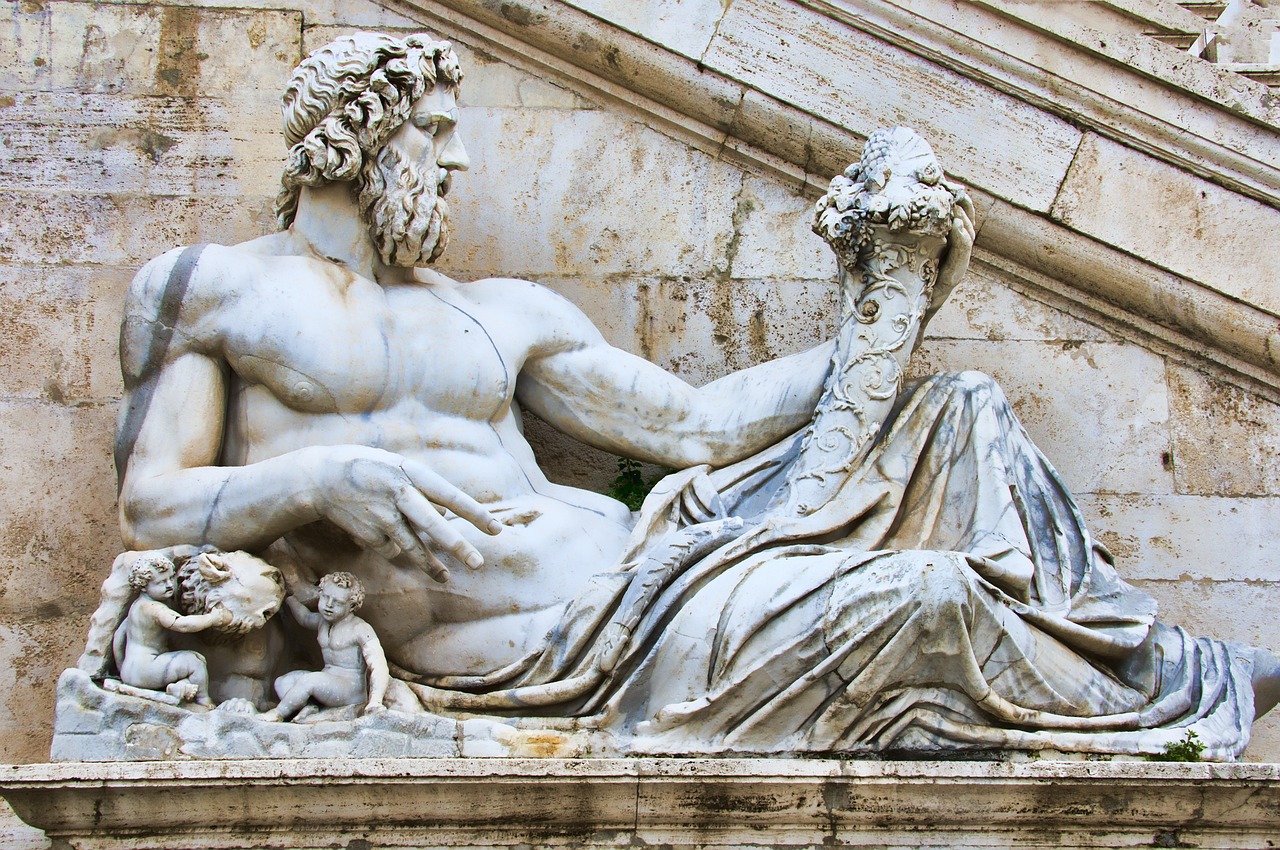
Citizenship and Civic Duty
When we delve into the concept of citizenship in ancient Rome, we uncover a rich tapestry of rights and responsibilities that were integral to the functioning of society. Citizenship was not merely a legal status but a civic duty that required active participation in the governance and defense of the Republic. Citizens were expected to contribute to the common good, uphold the laws, and serve in the military when called upon.
At the heart of Roman citizenship was the idea of reciprocity - the mutual obligations between the state and its citizens. In return for the rights and privileges bestowed upon them, citizens were duty-bound to fulfill their obligations to the state. This reciprocal relationship formed the foundation of civic duty in Roman society and continues to resonate in modern notions of citizenship.
Moreover, citizenship in ancient Rome was not limited to a select few but extended to a significant portion of the population, albeit with varying degrees of rights and privileges. This inclusive approach to citizenship fostered a sense of belonging and loyalty among the people, reinforcing the social fabric of the Republic.
As we reflect on the legacy of Roman citizenship, we recognize its enduring influence on contemporary societies. The principles of civic duty, active participation in governance, and the balance of rights and responsibilities continue to shape modern democracies and civic engagement. The lessons of ancient Rome remind us that citizenship is not merely a legal status but a commitment to the collective welfare and prosperity of society.

Military Strategy and Defense
When it comes to military strategy and defense, the ancient Romans were renowned for their disciplined and innovative approach to warfare. The Roman army, known for its well-trained soldiers and strategic prowess, employed tactics that are still studied and admired today. One of the key elements of Roman military success was their emphasis on organization and discipline. The legions, consisting of highly trained soldiers, were structured in a way that allowed for quick and effective maneuvering on the battlefield.
Moreover, the Romans were masters of engineering and fortification, building elaborate systems of walls, roads, and forts to protect their territories. Their strategic use of fortifications and defensive structures not only safeguarded their borders but also served as a deterrent to potential invaders. The famous Roman military engineering prowess, such as the construction of Hadrian's Wall in Britain, showcased their commitment to defense and security.
In addition to their defensive capabilities, the Romans were also adept at offensive strategies. They utilized a combination of infantry, cavalry, and siege weapons to conquer and expand their empire. The Roman military doctrine emphasized adaptability and flexibility, allowing them to overcome diverse challenges on the battlefield.
The legacy of Roman military strategy and defense can be seen in modern military doctrines and tactics. Many contemporary military institutions draw inspiration from the disciplined organization, strategic planning, and engineering innovations of the ancient Romans. The principles of defense in depth, strategic positioning, and logistical planning have their roots in Roman military practices.

Infrastructure and Public Works
Infrastructure and public works played a pivotal role in shaping ancient Roman society and continue to influence modern urban development and city planning. The Romans were renowned for their engineering prowess, with iconic structures like aqueducts, roads, bridges, and amphitheaters standing as testaments to their ingenuity and vision. These monumental projects not only served practical purposes but also symbolized the power and grandeur of the Roman Empire.
One of the most remarkable achievements of Roman engineering was the extensive network of roads that crisscrossed the empire, facilitating trade, communication, and military movements. The famous Roman roads were meticulously constructed, featuring durable materials and advanced engineering techniques that ensured their longevity. These roads not only connected distant provinces but also served as conduits for the spread of Roman culture and influence.
In addition to roads, the Romans were also masters of aqueduct technology, constructing elaborate systems to supply water to cities and public baths. The aqueducts showcased the Romans' expertise in hydraulic engineering, utilizing gravity to transport water over long distances. These engineering marvels not only improved public health and sanitation but also demonstrated the empire's commitment to providing essential services to its citizens.
Furthermore, Roman architecture and urban planning set a precedent for future generations, with cities like Rome serving as models of efficient organization and infrastructure development. The layout of Roman cities, characterized by grid patterns, public squares, and monumental buildings, influenced the design of modern urban centers. The Romans understood the importance of public spaces and amenities in fostering a sense of community and civic pride.
Moreover, the construction of public works such as amphitheaters, theaters, and baths underscored the Romans' dedication to enhancing the quality of life for their citizens. These structures not only provided entertainment and recreation but also served as gathering places for social and cultural activities. The grandeur of Roman architecture reflected the empire's wealth and sophistication, leaving a lasting impact on architectural styles and urban landscapes.
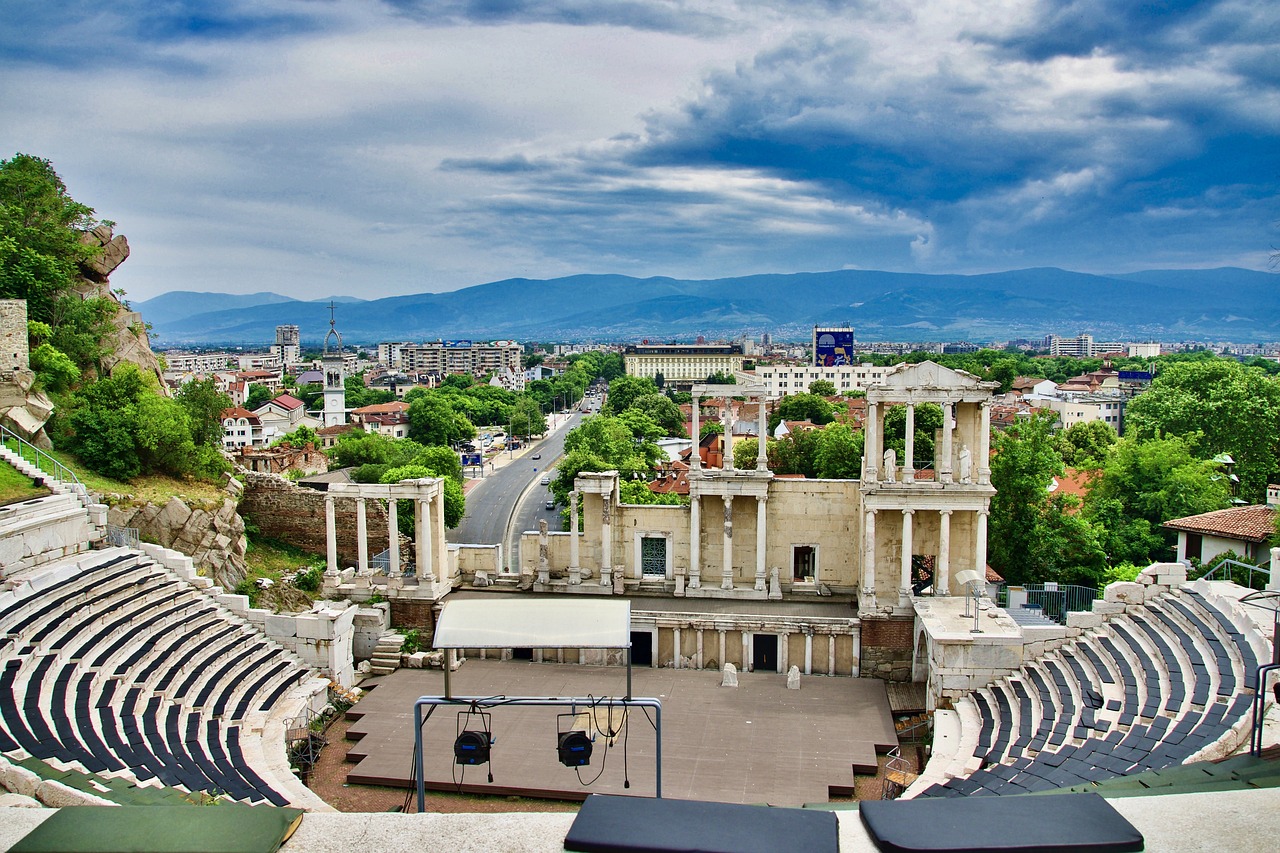
Social Hierarchies and Class Structure
Exploring how the principles, practices, and structures of ancient Roman culture have shaped and continue to impact modern systems of governance around the world today.
When delving into the intricacies of ancient Roman society, one cannot ignore the complex social hierarchies and rigid class structure that defined the lives of its citizens. At the top of the hierarchy stood the elite patricians, wealthy landowners and aristocrats who wielded significant political power and influence. Beneath them were the plebeians, the common people who made up the majority of the population but had limited rights and opportunities for advancement.
Furthermore, slaves occupied the lowest rung of society, considered property rather than individuals with rights. This hierarchical system not only dictated one's social status but also determined one's access to resources, education, and legal protections. The class divide was stark, with little mobility between social strata, reinforcing the idea of social order and stability.
Parallel to this ancient structure, modern societies also exhibit varying degrees of social hierarchy and class distinctions. While the overt class divisions may not be as explicit as in ancient Rome, disparities in wealth, power, and privilege still persist. The echoes of the Roman class system can be seen in contemporary debates on income inequality, social mobility, and the distribution of resources.
Moreover, the concept of social stratification continues to influence policies and practices in governance, shaping issues such as welfare programs, education reform, and labor rights. Understanding the historical roots of social hierarchies can provide valuable insights into the challenges of creating a more equitable and inclusive society in the present day.
Q: How did social status impact daily life in ancient Rome?
A: Social status in ancient Rome determined not only one's access to resources and opportunities but also dictated one's legal rights, political influence, and social interactions. Patricians enjoyed privileges and authority that plebeians and slaves did not have, leading to significant disparities in wealth and power.
Q: Are there parallels between ancient Roman social hierarchies and modern class structures?
A: Yes, modern societies exhibit varying degrees of social hierarchy and class distinctions, reflecting the legacy of historical social structures. While the specifics may differ, the overarching influence of social status on individuals' lives and opportunities remains a common thread across different time periods.
Q: How can understanding ancient Roman social hierarchies inform contemporary social policies?
A: By studying the social hierarchies of ancient Rome, policymakers and scholars can gain insights into the long-term effects of class divisions on society. This understanding can inform efforts to address issues of inequality, social justice, and inclusivity in modern governance and policy-making.
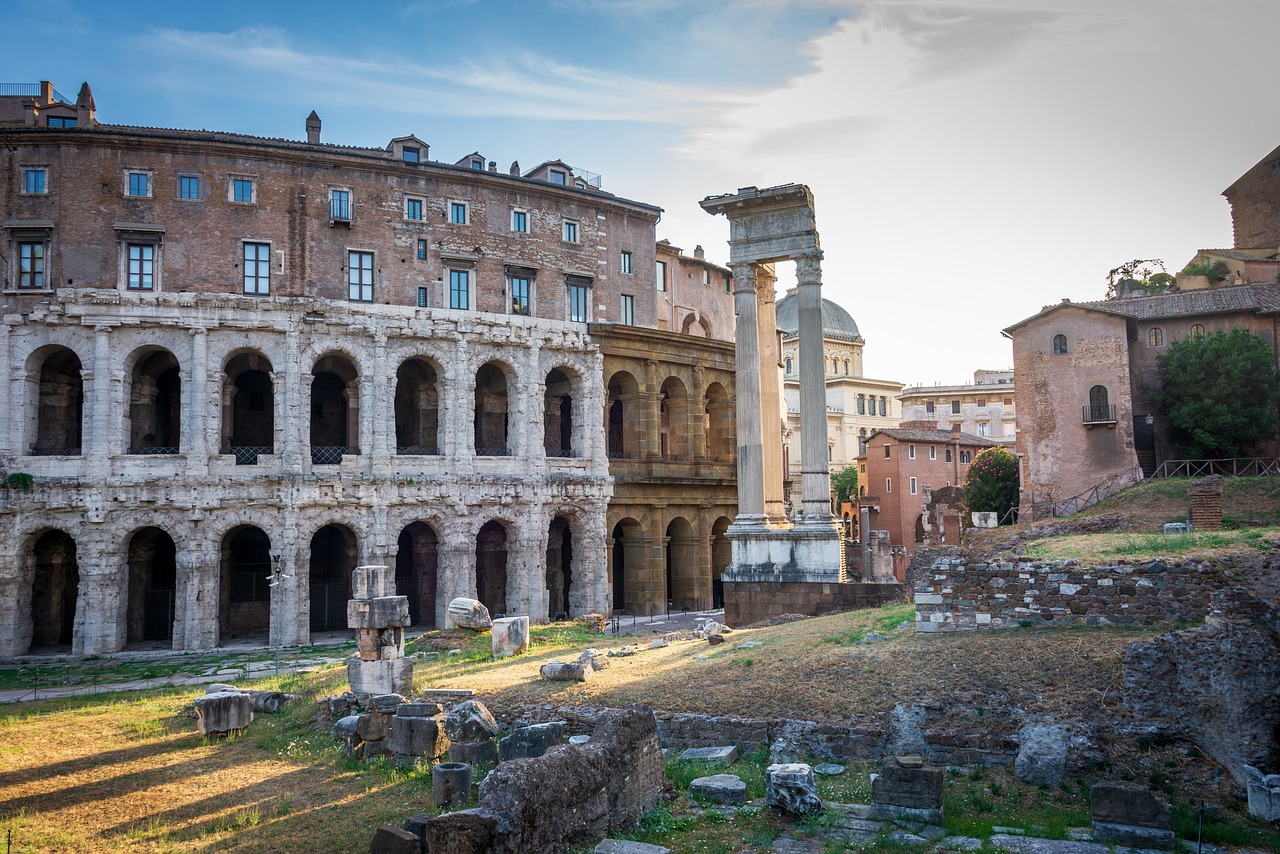
Religion and State Relations
Religion and state relations in ancient Rome were deeply intertwined, with religious beliefs playing a significant role in governance and public life. The Romans worshipped a pantheon of gods and goddesses, and these deities were not only revered in private rituals but also had a presence in the political sphere. The state itself had its own religious practices, with the concept of pax deorum (peace of the gods) central to maintaining the favor of the divine powers. This relationship between religion and the state influenced decision-making, laws, and even military campaigns, as leaders sought divine approval and guidance.
Moreover, the Roman state actively supported and regulated religious activities, with the pontifex maximus (high priest) overseeing religious rites and ensuring their proper observance. Temples, festivals, and sacrifices were integral to Roman life, serving as communal events that reinforced social cohesion and loyalty to the state. The mos maiorum (ancestral custom) dictated proper religious conduct, emphasizing tradition and continuity in religious practices.
Despite the strong ties between religion and the state, ancient Rome also experienced periods of religious turmoil and debate. The introduction of foreign cults, the rise of Christianity, and philosophical questioning challenged traditional beliefs and practices, leading to shifts in state-sponsored religion and the relationship between the ruling elite and religious institutions.
These dynamics of religion and state relations in ancient Rome continue to resonate in modern governance discussions, particularly regarding the separation of church and state, religious freedom, and the role of faith in public policy. The legacy of Roman religious practices can be seen in the rituals, symbols, and ceremonies of contemporary political events, underscoring the enduring influence of ancient Roman culture on the intersection of religion and governance.
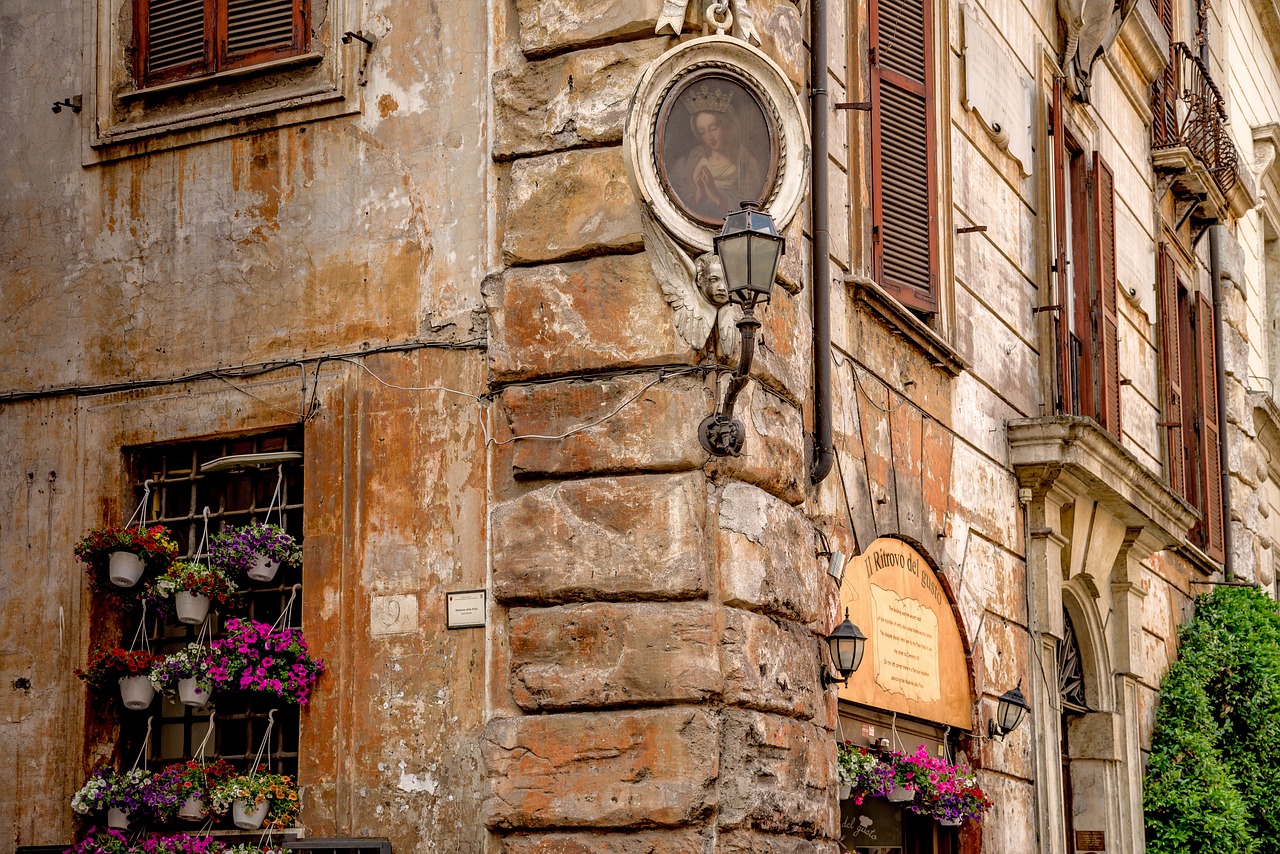
Cultural Legacy and Symbolism
Exploring how the principles, practices, and structures of ancient Roman culture have shaped and continue to impact modern systems of governance around the world today.
Ancient Rome's cultural legacy and symbolism have left an indelible mark on modern governance practices, political rhetoric, and national identities. The enduring influence of Roman culture can be seen in various aspects of contemporary society, from governmental structures to societal values.
The Roman Empire's emphasis on strength, order, and civic responsibility has permeated modern governance, shaping the way nations govern themselves and interact with their citizens. The concept of civis Romanus sum ("I am a Roman citizen") exemplifies the pride and rights associated with citizenship, a notion that continues to influence discussions on citizenship and belonging in today's globalized world.
Furthermore, the Roman Republic's symbols and imagery, such as the eagle and the laurel wreath, have been adopted by modern states as emblems of power, victory, and authority. These visual representations serve as a reminder of Rome's legacy as a dominant force in shaping political structures and governance practices.
In addition, the values of discipline, honor, and duty that were revered in ancient Roman society continue to resonate in contemporary notions of leadership and public service. The Roman ideal of virtus, encompassing courage, integrity, and moral excellence, remains a guiding principle for leaders striving to uphold ethical standards and fulfill their responsibilities to society.
Moreover, the architectural marvels of ancient Rome, such as the Colosseum and the Pantheon, stand as testaments to the grandeur and ingenuity of Roman engineering. These iconic structures have inspired modern architects and urban planners in their pursuit of creating functional yet awe-inspiring public spaces that reflect a sense of cultural heritage and identity.
Overall, the cultural legacy and symbolism of ancient Rome continue to reverberate through the corridors of power and influence, reminding us of the enduring impact of the past on the present and the importance of understanding history in shaping the future.
Frequently Asked Questions
- How did ancient Roman legal principles influence modern legal systems?
Ancient Roman legal principles, such as the emphasis on justice, equality, and the rule of law, have significantly influenced modern legal systems. Concepts like due process, the presumption of innocence, and legal rights for citizens can be traced back to Roman law.
- What are some parallels between ancient Roman political institutions and modern governance?
Ancient Roman political institutions, like the Senate and the concept of a republic, have parallels in modern governance structures. The idea of checks and balances, separation of powers, and representative democracy can be linked to Roman political practices.
- How did ancient Roman military strategies impact modern defense tactics?
Ancient Roman military strategies, including disciplined formations, logistical planning, and siege warfare techniques, have influenced modern defense tactics and military doctrines. Concepts like strategic deployment, fortification, and battlefield tactics have roots in Roman military practices.
- What role did citizenship play in ancient Rome and how does it relate to civic duty today?
Citizenship in ancient Rome conferred rights and responsibilities on individuals, shaping their civic identity and obligations. The notion of civic duty, community participation, and loyalty to the state can be seen as a legacy of Roman citizenship ideals in contemporary societies.
- How did ancient Roman infrastructure projects influence modern urban planning?
Ancient Roman infrastructure projects, such as roads, aqueducts, and public buildings, have had a lasting impact on modern urban planning and civil engineering. The emphasis on connectivity, public amenities, and sustainable design can be attributed to Roman innovations in infrastructure development.





